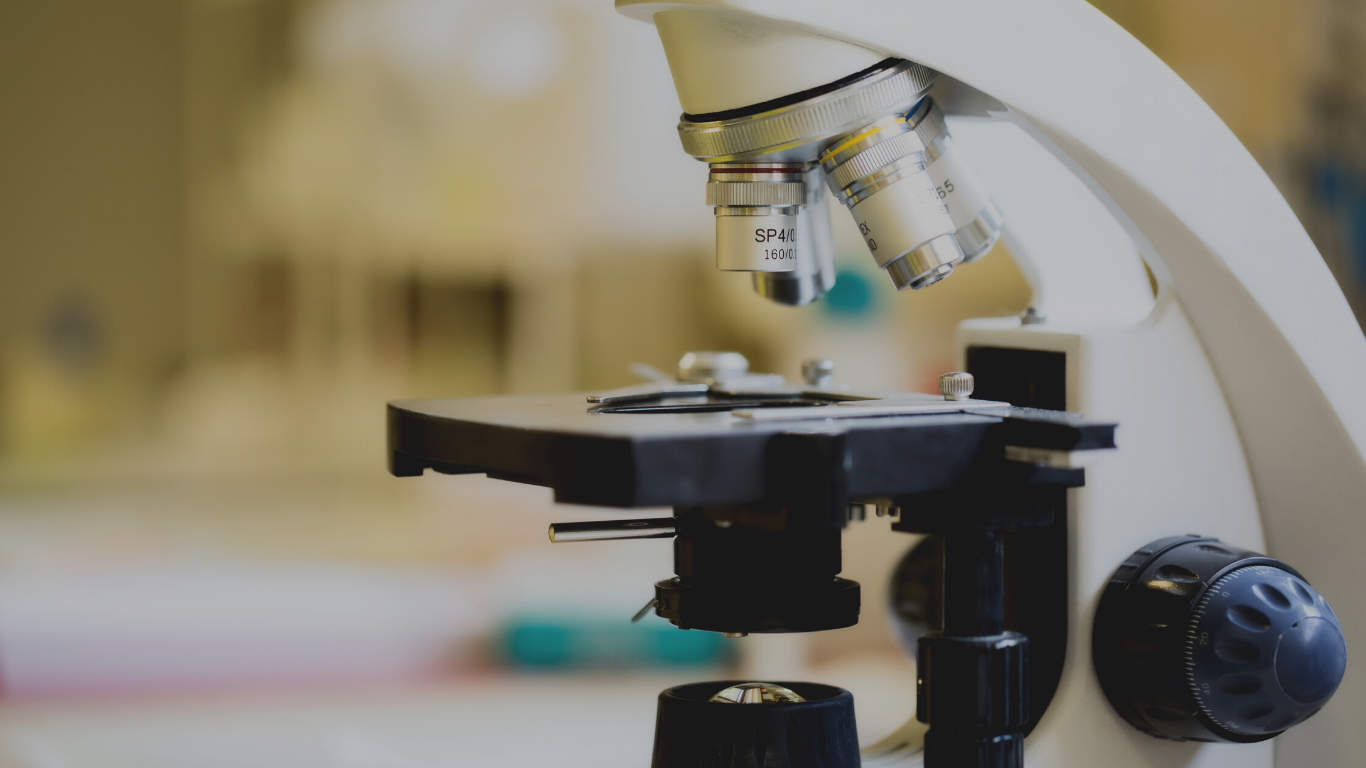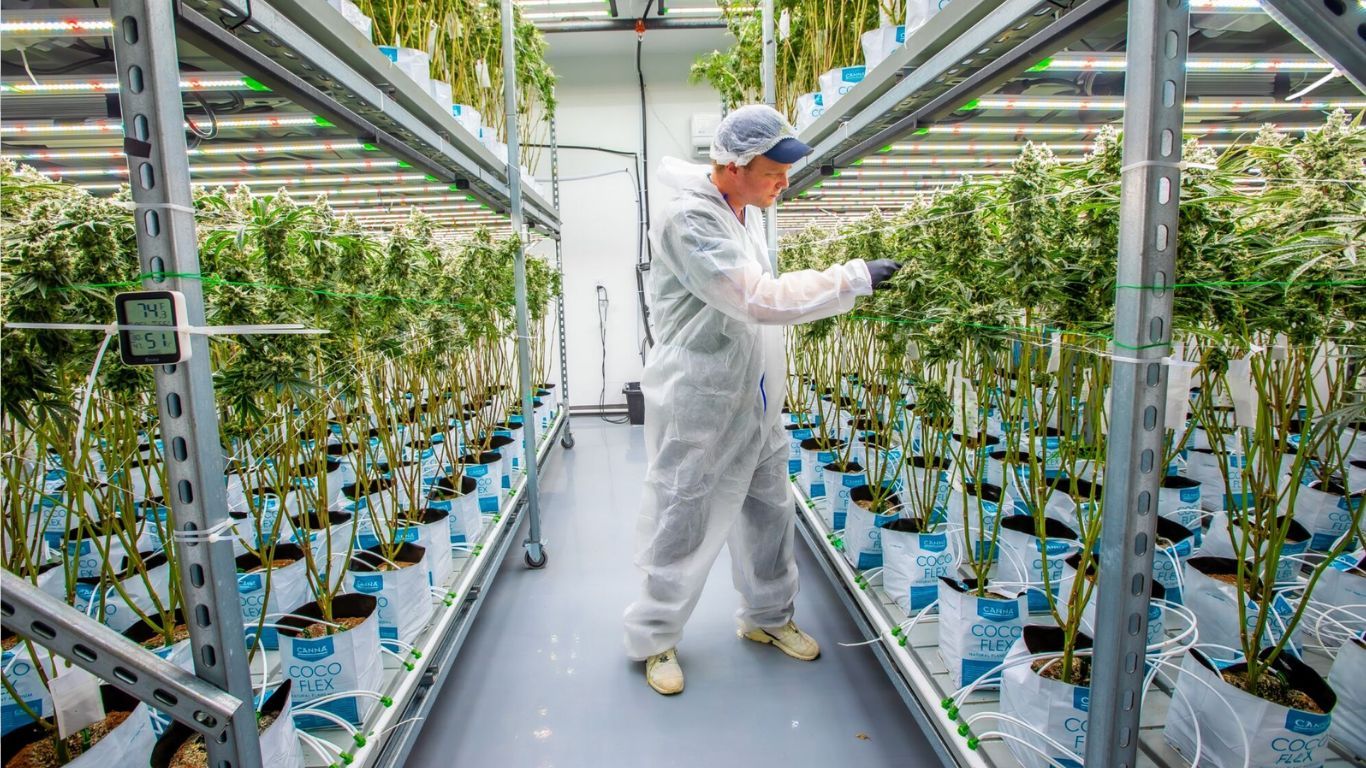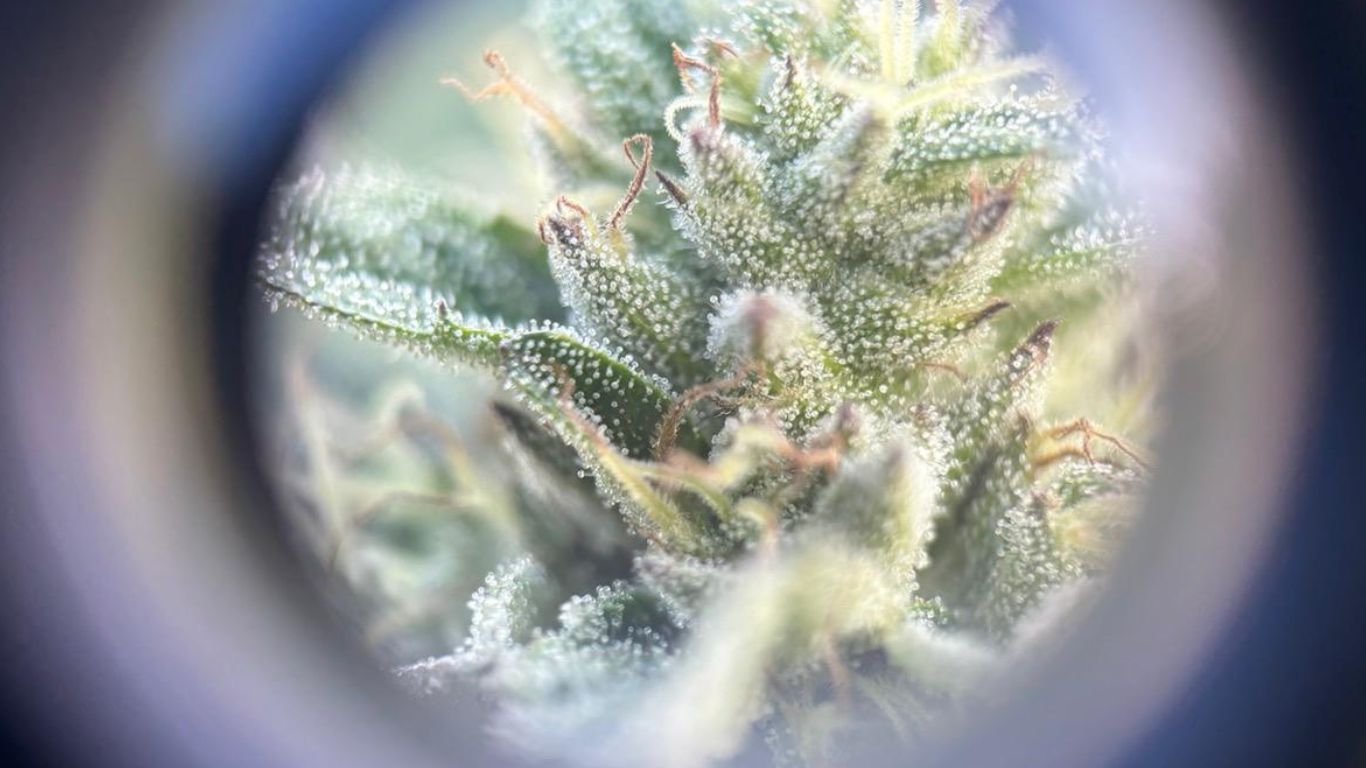
Keystone Labs was founded by Jodi McDonald in 2005 and has been providing analytical testing services for cannabis since 2015.
Keystone had originally been focussed on third party support to the pharmaceutical, natural health product, and medical supply industries, she says, but began hearing from medical cannabis patients around 2013 looking to understand more about their cannabis.
“In 2013 we started to get calls from personal and designated growers under the old MMAR program, asking if we could provide the required testing that Health Canada was getting stakeholder feedback on as they were transitioning to a commercial model,” explains McDonald.
At first she said she didn’t pay much attention, but after the calls came in, she started to take notice.
“It was about six months of getting almost daily calls about this that I started to think there was something going on. So I started doing some research into what Health Canada was proposing and I saw that much of it was similar to how we already did things and we saw what we needed to do to serve the cannabis market. At the same time we applied for a testing licence, previously called a dealers licence. In 2015 we got our licence and started doing testing, beginning with some of our local partners here in Alberta.”
With those five-plus years under her belt now, McDonald says she’s seen a lot of progress, as well as a lot of new challenges.
For one, she says the lack of a consistent testing standard in Canada for cannabis is a major challenge and means that testing results for THC and CBD levels are inherently inaccurate, or at least misleading, due to the nature of a biological product and the difference in testing methodology.
Unlike other countries that have built out a cannabis monograph, she says Canada didn’t.
“We need to start with the basic piece of information, which is the monograph,” says McDonald. That’s the one big thing that is missing – there’s no monograph that says this is what safe, quality cannabis looks like.
“In Germany, they started with a monograph,’ she continues. “In the Netherlands they started with the monograph, and then all the other things started to fall into place. Whereas in Canada we started with what test we wanted to do but there was no requirement that was clearly defined that says this passes and this fails.”
Other countries and organizations have done the work. I think it’s simple enough to say we reviewed the German monograph for cannabis flower, for example, and say that’s the acceptable standard for Canada.”
Another issue is a hyper-focus on THC levels, especially with the emergence of products like edibles, vape pens, topicals, and more.
“Now that we’re starting to see the 2.0 products, we’re seeing a really big push for and focus on the THC concentration in dried flower and final products and that has been a race to get every tenth of a percent of every data point the labs can provide.”
This is understandable, she says, but is misleading when dealing with a biological product like cannabis flower, that will have inherent differences from batch to batch and even plant to plant, and can give consumers the wrong idea and encourage producers and even some labs to use processes that give the most favourable result possible.
It comes back to the lack of one consistent standard, she says.
“Health Canada is asking for data to show that we understand the concentration of the cannabinoids in the product, and without some way of standardizing across labs and products and even within individual labs. Without understanding exactly how every lab is testing, that requirement for labeling a product with a cannabinoid concentration becomes less important. It’s more about being above or below a range of numbers and that’s less meaningful than I think Health Canada would have intended.”
“When we test it in the lab, the sample may not be representative of what is available to consumers. So even if we label a product that is 18%, that number really represents a range of the larger batch of the product you are holding. Not an exact number.”
With only a relative handful of licensed analytical testing labs offering full services for cannabis producers in Canada, McDonald says most companies are used to working together as effectively as they can, and says one of the best things a new licence holder or even applicant can do is reach out to labs and ask questions.
“There are great labs all across Canada who are really interested in the success of this industry,’ she says. “So if you have questions, pick up the phone and ask because we’re excited to share what we’ve seen work, issues we’ve run into, and how to mitigate risk and problems as they grow their business.”
By engaging with labs like Keystone and asking informed questions based on what the regulations are asking for and how it ties into your own SOPS and facility, people just entering the industry can have a better understanding of how to adhere to some of these consuming and sometimes strict testing standards.
“One thing we’re seeing a lot of focus on right now in the micro cultivator group is microbial contamination. There are some simple things people can do to improve flow and process in their facility to ensure their facility is not contaminated by microbes.
“Ensuring people are clean when entering a grow space. Minimizing the number of people in the grow rooms. Understanding the quality of the ingredients that you’re putting into your plants. Monitoring water quality. Making sure the HVAC is working properly. Not storing any other plant based materials in your grow room, including paper, because they are just inherently carrying microorganisms that can contaminate your plants.”
“I have an attachment for all the micro cultivators in Canada and I feel like they are my younger sibling and I really want to see them succeed. So call the lab and ask questions. Talk to who you are planning to sell to and find out their specifications that they are adhering to. The labs that I have a close relationship with have the same philosophy that Keystone has, which is we all do better when we are all doing well.”
As for addressing some of the challenges with strict microbial limits, McDonald says ultimately it’s likely to be upon industry to do the work to provide evidence for why those limits can be changed. Health Canada’s priority at the moment is ensuring that products are available and safe for consumers, they are not focused on refining the finer details of how the products are tested.
“Health Canada is worried about if there are products for consumers and patients and are they safe for consumption,’ she says. “So right now they don’t think the cannabinoids and terpenes are all that important, in terms of that question. Or if there are beneficial microbes. But I think we can work towards that as they get a handle on the industry and it evolves and matures.
“I think it’s something we have to accept for now, and if there’s a change that is going to happen, it has to come from the industry because we can’t expect the government to change that without that work behind it to prove it. Because as I say, right now they are focussed on just ensuring products are safe and available.”
Another issue other than the variability of cannabis flower products, is how new many packaged and processed products are, and the need for more testing that looks at issues such as shelf stability. One example of this was information that came out recently showing the cannabinoid levels in some beverages were impacted by the containers holding the beverages.
One way some aspects may be resolved, she says, is through recent court cases like a class action lawsuit in Alberta that is built around testing results showing different cannabinoid levels in products than was advertised.
“I think the class action suit is going to bring a few things to the surface. It’s going to direct the regulator to look at some issues in the stability of products, and that could create supply opportunities. It could mean creating new packaging or cold storage, finding new ways to package and distribute products, and provide products that are more shelf stable.”











